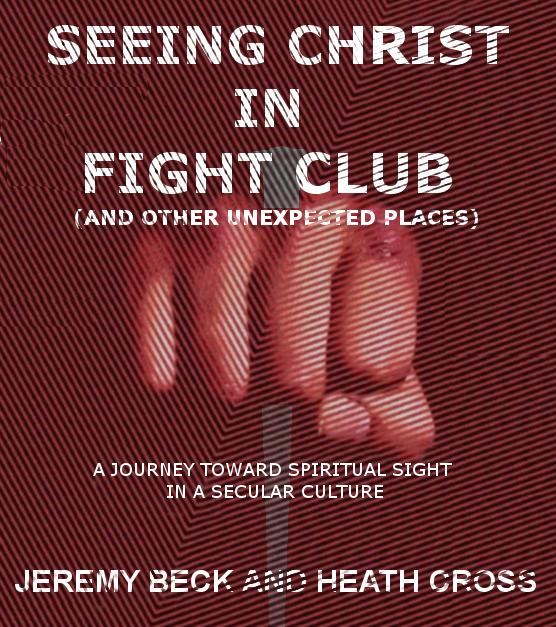“So there remains a Sabbath rest for the people of God. For the One who has entered His rest has himself also rested from his works, as God did from His” (Hebrews 4:9-10).

All quotations are from John Owen, An Exposition of the Epistle to the Hebrews: Vol. II (Grand Rapids: Baker), Reprinted 1980.
For a summary of Owen’s argument, see HERE. For part 1 of this series of posts (Owen on the Moral and Mosaical elements of the fourth commandment), see HERE. For part 3 (Christ’s fulfillment of the Sabbath in the Covenant of Works and its Mosaical Elements) HERE. For part 4 (on the New Covenant Sabbath) see HERE.
Owen contends that the fourth commandment, ‘Remember the Sabbath day to keep it holy,’ is rooted in the original creative work (six days) and rest (one day) of God. The ‘rest’ of God on the seventh day is not primarily a cessation of activity, according to Owen, but instead marks the satisfaction of God that his works were indeed “very good” (Gen. 1:31). God was completely satisfied with his work:
God originally, out of his infinite goodness, when suitably thereunto, by his own eternal wisdom and power, he had made all things good, gave unto men a day of rest, as to express unto them his own rest, satisfaction, an complacency in the works of his hands…(p. 266, emphasis added).
He later clarifies this interpretation:
And the expression of God’s rest is of a moral and not a natural signification; for it consists in the satisfaction and complacency that he took in his works, as effects of his goodness, power, and wisdom, disposed in the order and unto the ends mentioned. Hence, as it is said that upon the finishing of them, he looked on “every thing that he had made, and, behold, it was very good” Gen 1:31, —that is, he was satisfied in his works and their disposal, and pronounced concerning them that they became his infinite wisdom and power; so it is added that he not only “ rested on the seventh day,” but also that he was “refreshed,” Exodus 31:17, —that is, be took great complacency in what he had done, as that which was suited unto the end aimed at namely, the expression of his greatness, goodness, and wisdom, unto his rational creatures, and his glory through their obedience thereon, as on the like occasion he is said to “rest in his love,” and to “rejoice with singing,” Zeph. 3:17 (p. 334).
In light of God’s action in creating the world, and his satisfaction with his creation, which is called his ‘rest,’ God mandates the observance of a sabbath for all mankind, in Adam, as a part of his original Covenant of Works. The Westminster Confession (which shares much in common with Owen’s teaching), describes the Covenant of Works in this way:
The first covenant made with man was a covenant of works, wherein life was promised to Adam; and in him to his posterity, upon condition of perfect and personal obedience (7.2).
Owen writes,
God originally, out of his infinite goodness, when suitably thereunto, by his own eternal wisdom and power, he had made all things good, gave unto men a day of rest, as to express unto them his own rest, satisfaction, an complacency in the works of his hands, so to be a day of rest and composure to themselves, and a means of their entrance into and enjoyment of that rest with himself, here and forever, which had ordained for them (p. 266, emphasis added).
Later, he puts it this way:
For the Sabbath was originally a moral pledge and expression of God’s covenant rest, and of our rest in God…(p. 390).
The sabbath command, in relation to the Covenant of Works, entails the principle that through his continued obedience, in his perfect state, he was, after a time, to enter into the perfect blessing and rest of God (shabbat, shalom):
Thirdly, Man is to be considered with special respect unto that covenant under which he was created, which was a covenant of works; for herein rest with God was proposed unto him as the end or reward of his own works, or of his personal obedience unto God, by absolute strict righteousness and holiness. And the peculiar form of this covenant, as relating unto the way of God’s entering into it upon the finishing of his own works, designed the seventh day from the beginning of the creation to be the day precisely for the observation of a holy rest (p. 338, emphasis added).
And again,
…Whereas the covenant which man originally was taken into was a covenant of works, wherein his obtaining rest with God depended absolutely on his doing all the work he had to do in a way of legal obedience, he was during the dispensation of that covenant tied up precisely to the observation of the seventh day, or that which followed the whole work of creation. And the seventh day, as such, is a pledge and token of the rest promised in the covenant of works, and no other…(p. 345, emphasis added).
And then,
Hence did he learn the nature of the covenant that he was taken into, namely, how he was first to work in obedience, and then to enter into God’s rest in blessedness; for so had God appointed, and so did he understand his will, from his own present state and condition. Hence was he instructed to dedicate to God, and to his own more immediate communion with him, one day in a weekly revolution, wherein the whole law of his creation was consummated, as a pledge and means of entering eternally into God’s rest, which from hence he understood to be his end and happiness (p. 346, emphasis added).
As such, the sabbath in the Covenant of Works has a threefold purpose:
First, That we might learn the satisfaction and complacency that God hath in his own works…And our observation of the evangelical Sabbath hath the same respect unto the works of Christ and his rest thereon, when he saw of the travail of his soul and was satisfied…Secondly, Another end of the original sabbatical rest was, that it might be a pledge unto man of his rest in and with God; for in and by the law of his creation, man had an end of rest proposed unto him, and that in God…Thirdly, Consideration was had of the way and means whereby man might enter into the rest of God proposed unto him. And this was by that obedience and worship of God which the covenant wherein he was created required of him (pp. 335-336).
It is vital that the presence of the sabbath command in the Covenant of Works be understood for at least three reasons: 1) it grounds the command primarily in the principle of God’s rest apart from specific applications made to the Israelites in the Mosaic covenant, 2) as such, it establishes the primary intention of the sabbath as a pledge and picture of God’s offer of rest and satisfaction and blessedness in him, and 3) it sets the ground for Christ’s work of re-creation which is the basis for the transfer of the day of rest from the last day of the week to the first in order point to the rest that may be found in him as Lord of the Sabbath.
In the next post, we will deal with Owen’s argument for Christ’s fulfillment of the sabbath as a principle of the Covenant of Works, of his fulfillment of the Mosaical (ceremonial/civil) elements of the fourth commandment in principle. From there we will take up Owen’s argument that, having fulfilled those elements of the Covenant of Works and Mosaic Law, Christ, entering into the rest of God, establishes a new sabbath for his people. These points will be vital 1) for a proper understanding of what is offered to us in the gospel, 2) for a proper understanding of the purpose of the Lord’s Day or Christian Sabbath, and 3) in light of those points, for guarding us against keeping ourselves under the sanctions of the Covenant of Works. As Owen puts it:
And those who would advance that [the seventh] day again into a necessary observation do consequentially introduce the whole covenant of works, and are become debtors unto the whole law; for the. works of God which preceded the seventh day precisely were those whereby man was initiated into and instructed in the covenant of works, and the day itself was a token and pledge of the righteousness thereof, or a moral and natural sign of it, and of the rest of God therein, and the rest of man with God thereby (pp. 345-346).



